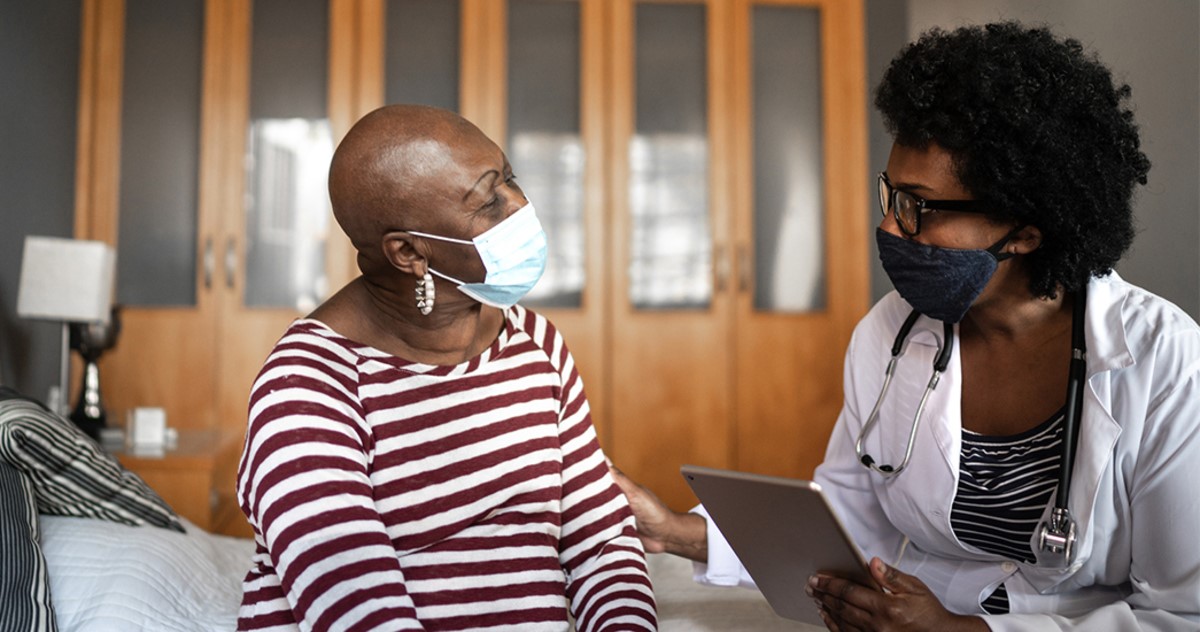
Published March 2021
The COVID-19 pandemic and an increased focus on social inequity have highlighted the startling disparities communities of color face—disparities that extend into their health care experiences. It’s common to frame this gap in terms of patient outcomes. It’s well-reported, for instance, that communities of color have been hospitalized and have died from COVID-19 at rates well above those among white Americans. What’s more: disparities in patient outcomes are mirrored by gaps in racial and ethnic diversity among the health care workforce.
Let’s look at the diversity gap among health care professionals today, why it matters for patient care and how the medical community is working to close that gap.
A Major Gap in Racial and Ethnic Representation
People of color are substantially underrepresented in the medical profession, and the field has struggled to diversify because of social and economic factors. These gaps are especially stark among Black and Hispanic Americans. According to the Association of American Medical Colleges:
- Less than 11% of America’s active physicians identify as Black or Hispanic.
- While Black Americans account for 13% of the total population, only 5% of physicians are Black.
- Hispanic Americans account for 18% of the total population, but less than 6% of active physicians.
- Only about 6% of medical school graduates in 2019 were Black.
- Just over 5% of 2019 medical school graduates were Hispanic.
Evidence shows that having a doctor who looks like you can have a significant positive effect on your health outcomes.
Physician Diversity Can Drive Healthier Outcomes
Evidence shows that having a doctor who looks like you can have a significant positive effect on your health outcomes. For example, in a study published by the National Bureau of Economic Research, researchers found that Black men seen by Black doctors were more willing to seek preventative care and screenings for heart disease—a medical condition especially fraught with racial and ethnic disparities. The study concluded that increasing the number of Black doctors in the workforce could reduce the Black-white male gap in cardiovascular mortality by 19% and close the life expectancy gap by 8%.
These improved outcomes seemed to be driven by a more trusting and communicative relationship between patient and doctor. When patients felt more comfortable with their doctors, they were more open to the preventative procedures their doctors recommended to keep their patients’ hearts healthy.
And for non-BIPOC physicians, it’s well worth noting that pursuing cultural competency training is a critical step toward strengthening clinical relationships with patients of any racial and ethnic identity.
Making Diversity a Top Priority in Health Care
Racial and ethnic disparities in health outcomes have been studied and discussed for decades, but the past nearly two years has put a spotlight on the issue—and the grave toll it’s taken on communities of color. The entire medical community, from organizers to researchers to schools, are now mobilizing to confront the challenge.
The work toward a more diverse workforce of physicians begins with promoting diversity among medical students. This is why the Accreditation Council for Graduate Medical Education (ACGME), which sets standards for graduate medical programs in the U.S., has made diversity, equity and inclusion a key consideration in its accreditation process. Meanwhile, organizations including the Association of Black Women Physicians (ABWP), the National Black Nurses Association (NBNA) and many others are supporting recruitment efforts, mentorships and scholarship funding for people of color entering the medical profession.
We’ve seen how transformative a diverse health care workforce can be for patients of color. Now, many in the medical community are working to make that more equitable future possible.
To read more about how providers, payers and others are working towards a health ecosystem that’s equitable for all, visit our Health Equity, Explored hub.
To confirm eligibility for any programs or services mentioned in this article as it relates to your specific health plan, please reach out to your account executive or HR benefits team. You may also speak to our member services team at (888)-333-4742 or by sending a secure email. And for plan details and other member resources, log in to the member portal.


